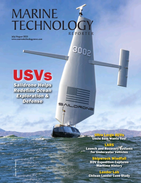Kongsberg to Deliver Ocean Observatories for Seabed Research
CAGE, Centre for Arctic Gas Hydrate, Environment and Climate has selected Kongsberg Maritime to develop and deliver two ocean observatories. The observatories will be deployed off the coast of Svalbard (Norwegian islands in the Arctic Ocean) during 2015, to monitor methane leaks from the seabed. The contract for this project was signed October 6, 2014.
The observatories will be self-contained, advanced autonomous sensor systems with a range of different sensors integrated. They will be deployed for 12 months continuous operation on the Arctic seabed and are fully self-contained, powered by battery packages and able to wirelessly keep contact with the surface through Kongsberg Maritime developed acoustic communication technology.
“It is the first time that research is being done on the entire methane emission system from the seabed to the atmosphere. To measure these emissions we need a lot of instruments that are at the forefront of development,” said Benedicte Ferré, team leader at CAGE responsible for the observatories.
The ocean observatories will be used as instruments in CAGE’s research activities related to frozen methane hydrates under the seabed in the Arctic areas and monitoring of methane gas leaks from natural processes. Monitoring of methane in the water column is essential to understand possible effects on the marine ecosystem and the atmosphere. CO2, ocean acidification and circulation are among other parameters monitored, together with monitoring of marine life. The data from these observatories will help to understand processes related to climate change and changes to the oceans.
“We need a company on the forefront of technology to build this pioneering instrumentation. KONGSBERG was a good choice for us, among other things because of its experience with relevant industries,” Ferré said.
“KONGSBERG has in recent years gone through several major R&D programs within subsea environmental monitoring and underwater sensor networks, with the Statoil Integrated Environmental Monitoring (IEM) project being the most comprehensive. The observatories to be delivered to CAGE, fit very well with our experience so far, as a hands-on exercise in environmental monitoring. Our environmental team is very excited to start this collaboration with CAGE,” said Arild Brevik, Business Development Manager, Kongsberg Maritime.



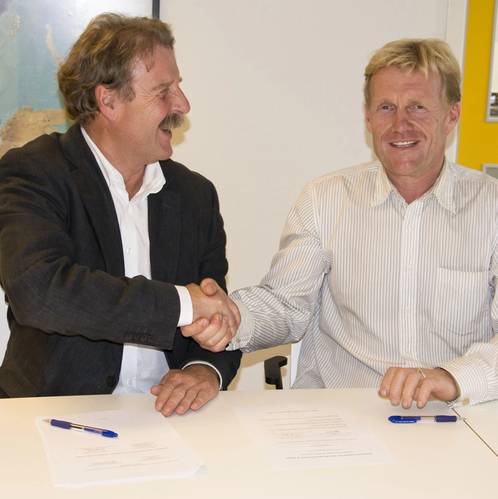
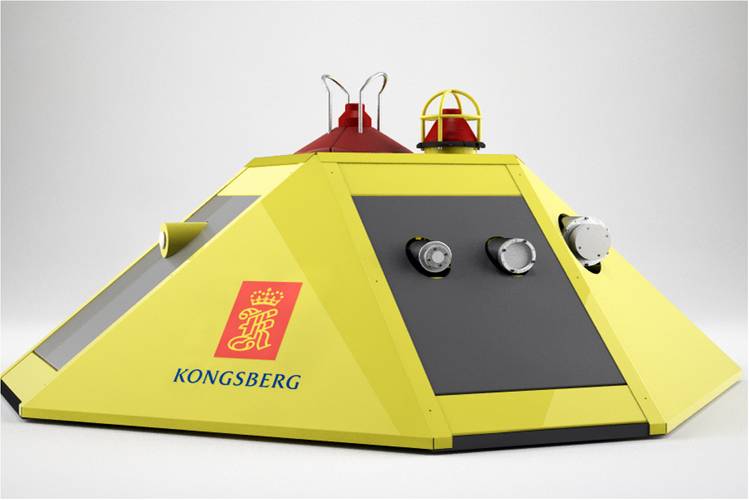
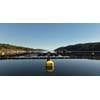
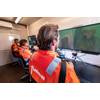

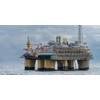
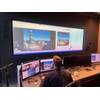
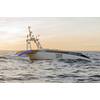






 August 2025
August 2025


